That context had a profound impact, making the education of this period become diverse, achieving certain achievements and having differences in the nature and goals of education in the two regions.
Education combines production and labor, schools are linked to society.
During the period 1954-1975, the Party and State always considered education an important front closely linked to the revolutionary cause.
The prominent policy was demonstrated through the 1956 Education Reform and Decree No. 1027-TTg (August 27, 1956) promulgating the General Education Policy, defining the goal of training a comprehensive young generation, loyal to the Fatherland, talented and virtuous to build socialism and achieve national unification.
Uncle Ho observed a child practicing spelling while visiting the Thach Khoi Primary School on Hang Than Street, Hanoi (December 31, 1958)
The Party's guiding viewpoint during this period was expressed comprehensively and profoundly when the Document of the Third National Party Congress (1960) continued to emphasize that education must serve the revolutionary line, foster a generation of workers who are masters, have culture, technique, and health, contribute to training cadres and improve people's qualifications. The principles of learning combined with practice, theory combined with practice, education combined with production labor and school combined with society became the guiding principle for the whole industry.
In particular, in the context of fierce war, Directive 169-CT/TW dated February 14, 1968 of the Secretariat emphasized the task of improving the quality of education, meeting the needs of training cadres, technical workers and preparing human resources for the post-war reconstruction of the country. The Party's consistent guiding viewpoint during this period was that education both directly served the resistance cause and prepared a long-term strategy for the cause of socialist construction.
Establish a 10-year general education system with a comprehensive education program
Northern education in the period 1954 - 1957 focused on eliminating illiteracy and carrying out the second educational reform. The third illiteracy eradication campaign was widely launched, mobilizing a large number of volunteers, and many localities completed the task in late 1956 - early 1957.
The 1956 education reform established a 10-year general education system with a comprehensive education program, combining theory with practice. Teachers were trained more systematically. New textbooks were compiled.
From 1958 to 1964, education became an important part of the socialist construction, the curriculum was strengthened, focusing on practice and production labor. The "Two Good" emulation movement was launched and spread widely, contributing to improving the quality of teaching and learning. Universities developed rapidly, from 5 schools (1959-1960) to 17 schools (1964-1965), many cadres were trained in the Soviet Union and socialist countries.
During the period 1965-1975, when the US attacked the North, the Education sector switched to wartime conditions, evacuated schools, opened field classes, and compiled A and B programs suitable for each region. Despite the difficulties, the Education sector still maintained and fostered patriotism and the will to resist.
Minister of Education Nguyen Van Huyen visited students of Thuy Dan school ( Thai Binh ) who survived the bombing by the American invaders on October 21, 1966.
During this period, the Southern education system maintained two parallel systems: education under the Republic of Vietnam regime and education in the liberated zone.
Revolutionary education in the liberated areas of the South also had some progress. From 1954 to 1960 was the foundation stage, mainly through popular education classes, operating under “legal cover” in difficult conditions.
From 1961 to 1968, along with the birth of the National Liberation Front, a revolutionary education system was established, with its own curriculum and textbooks. Schools developed strongly from kindergarten to cultural supplementary education, the number of students increased from about 10,000 (1960-1961) to about 84,000 (1964).
From 1969 to 1975, education changed direction flexibly, opening legal and semi-legal classes in the suburbs. After the Paris Agreement, the education movement developed strongly, preparing for the unification of education after liberation.
Training human resources to carry out two strategic tasks
The most outstanding achievement of Vietnamese Education in the period 1954 - 1975 was that the North had basically eliminated illiteracy. By 1958, 93.4% of the population aged 12 - 50 in the plains and midlands could read and write. This was the basis for improving the people's knowledge and developing the country's culture and economy.
The 1956 education reform built a complete national education system, from kindergarten to university, extending the network to the communes. Tens of thousands of cadres, intellectuals, engineers, doctors, and teachers were trained, becoming the key force in building the North and supporting the South.
Even during the war, education in the North remained stable, ensuring “uninterrupted learning”. The scale of education increased steadily, with the number of primary school students increasing from more than 4.6 million (1972-1973) to more than 5.2 million (1974-1975).
The struggle movement of Saigon - Gia Dinh students in the resistance war against America to save the country
In the South, in the liberated zones, revolutionary education proved its flexibility and perseverance, building a network of democratic schools, training cadres to serve the resistance, printing and distributing millions of textbooks.
Despite the fierce war and the country being divided, Vietnam's education still achieved remarkable achievements in the period 1954 - 1975. These achievements in that practical context set the requirement for innovation, unification and improvement of education quality nationwide after the country was completely liberated.
(Documents provided by Vietnam Institute of Educational Sciences)
Source: https://sogd.hanoi.gov.vn/tin-tuc-su-kien/80-nam-giao-duc-phat-trien-dat-nuoc-bai-2-giao-duc-khang-chien-kien-quoc/ct/525/16470






![[Photo] Students of Binh Minh Primary School enjoy the full moon festival, receiving the joys of childhood](https://vphoto.vietnam.vn/thumb/1200x675/vietnam/resource/IMAGE/2025/10/3/8cf8abef22fe4471be400a818912cb85)
![[Photo] Prime Minister Pham Minh Chinh chairs meeting to deploy overcoming consequences of storm No. 10](https://vphoto.vietnam.vn/thumb/1200x675/vietnam/resource/IMAGE/2025/10/3/544f420dcc844463898fcbef46247d16)



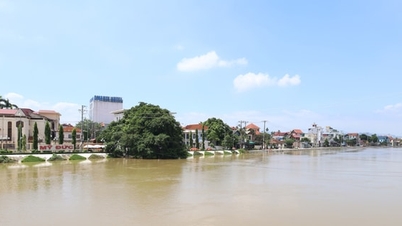




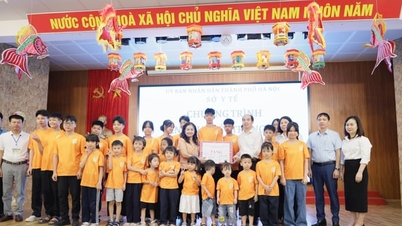
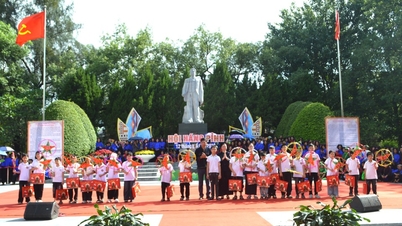






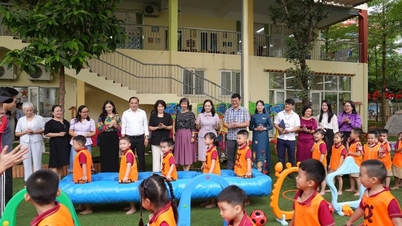

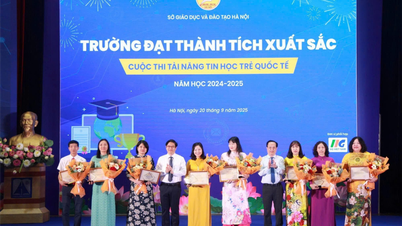

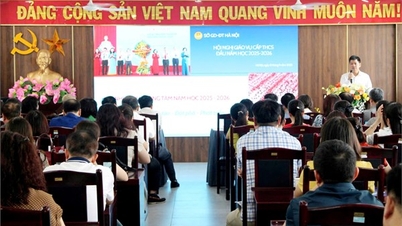
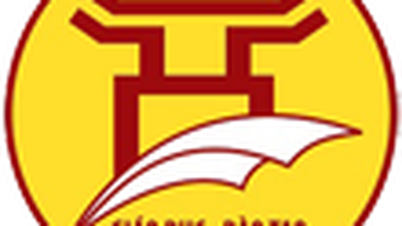




















































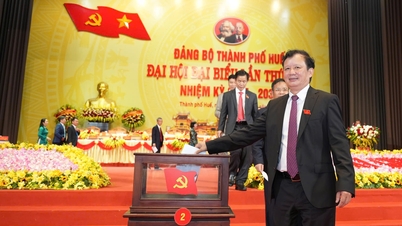


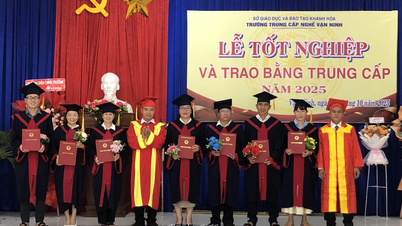


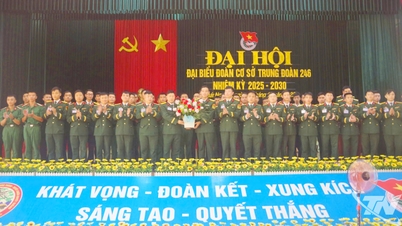













Comment (0)